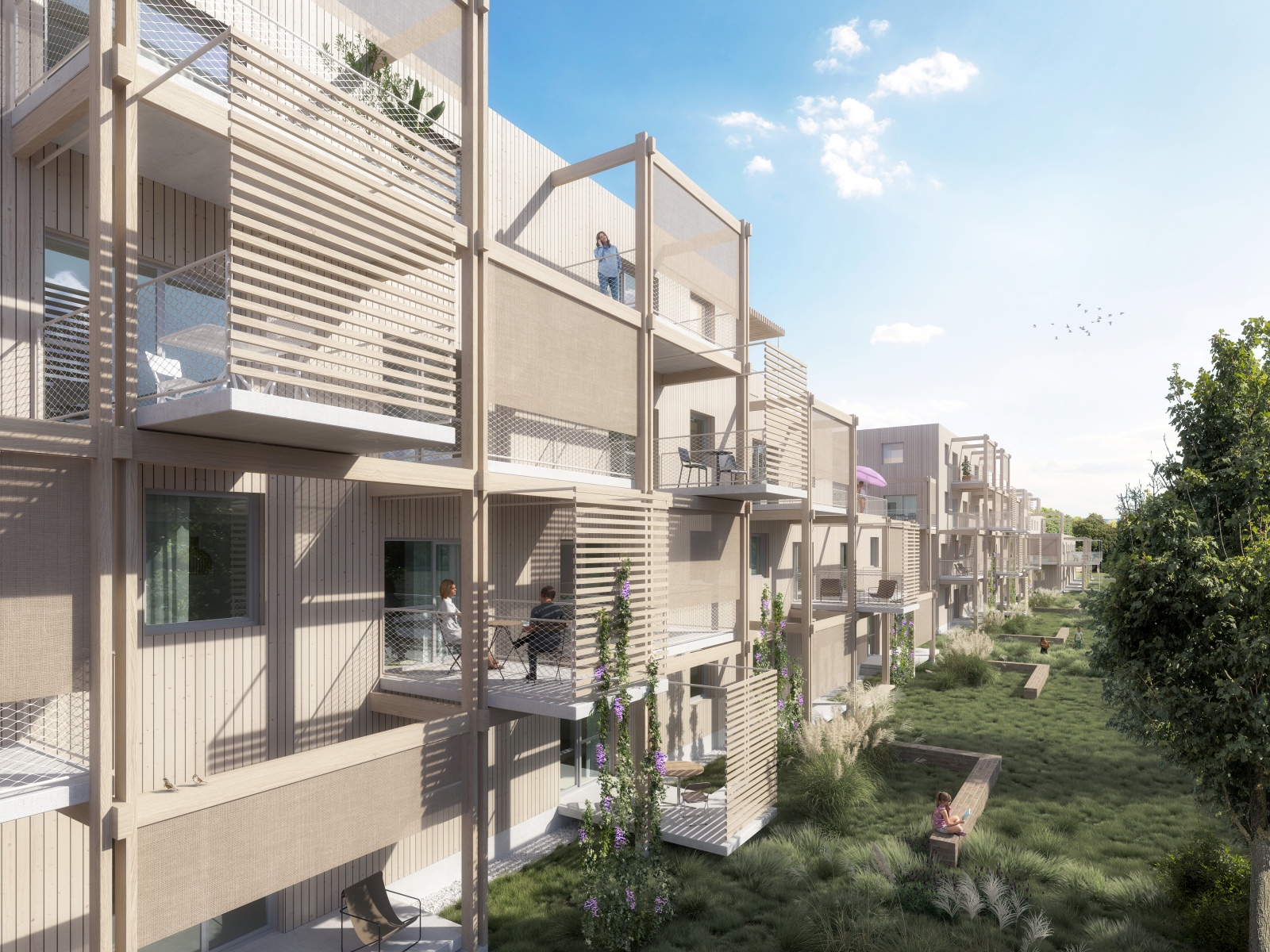In the dynamic world of architecture and urban planning, the urgency for sustainable, affordable housing stands as one of the foremost challenges. With cities continuously growing and populations constantly shifting, there is an escalating demand for innovative solutions that meld social responsibility, environmental consciousness, and aesthetic appeal. At the forefront of this movement is Nerma Linsberger, an architect whose work is revolutionizing the landscape of social housing in Vienna and beyond.
Hailing from Sarajevo, Bosnia and Herzegovina, Linsberger has embraced Vienna as her home since 1992. Her unique perspective, shaped by her background and extensive experience, has engendered pioneering projects that prioritize both human needs and environmental sustainability. Today, we have the privilege of sitting down with Nerma to delve into her journey, her philosophy, and her vision for the future of urban living.
- Your background is quite diverse, from Sarajevo to Vienna. How has your multicultural experience influenced your approach to architecture and urban planning?
My background has allowed me to see how architecture is embedded in a wider spectrum of urban space. Every building in a city fits into a larger puzzle, with its social, cultural, and economic implications. What I enjoy about going back to Sarajevo is how I notice the change in my perspective. I can walk down a street that I have walked a hundred times, but I will always find new details to think about. This has also shaped my approach to architecture: how do you create something timeless that can adapt to future changes while remaining modern enough to meet current needs?
- Social housing is a cornerstone of your work. What inspired you to focus on this area, and what unique challenges does it present compared to other architectural fields?
When I design a house, I design a home for people to live in. I see design in this context as a serious responsibility, given how much time we all spend in our homes and how much value they can have for us. What inspired me to focus on social housing is, ironically, also the biggest challenge in the field: making the most of the least. Social housing can be and is for everyone, which means you have to provide a minimum of comfort for a maximum of realities. Single parents have different needs than older persons, but social housing must meet both needs. Home is not something you find, it is something you must create. I like to think of it as a collective process: I will do my best to plan a space so that the people who move in can make it their space.
- Your studio emphasizes the link between social, economic, and ecological sustainability. Can you share an example of a project where these three elements came together in a particularly innovative way?
We recently participated in a competition where we designed a house centered on modular living squares, prefabricated wet rooms, and an aesthetically pleasing yet simple balcony construction. The project is based on a 4 x 4-meter grid, allowing for the easy exchange, separation, or merging of modular rooms and functions. Prefabricated wet rooms are integrated into all apartments as room modules. A horizontal lamella construction provides shading and a view filter. Despite the thermally compact design, the varied arrangement of private outdoor spaces gives the project a playful lightness.
Our design uses a hybrid construction system with a focus on wood, minimizing wood consumption while ensuring flexibility for future modifications through non-load-bearing dry construction systems. Reducing paved pathways in favor of green spaces creates a resilient open area that supports cooling and minimizes heat storage.
The project features a diverse mix of apartment sizes and layouts, with an emphasis on family living to foster a social and age-diverse community. A small ‘smart’ urban garden for vegetables and herbs is a connecting hub within the estate. Professional community coaching provides general housing advice, facilitates workshops on project topics, and establishes guidelines and responsibilities for communal areas, particularly the BAUMhaus neighborhood meeting place with its wood workshop.
- You’ve mentioned that “sustainability does not exclude beauty and sophistication.” How do you balance these aspects in your designs for affordable housing?
Finding the balance is possible if you are willing to look for it. Of course, it would be easier to ignore sustainability at the design stage, but I do not believe this will pay off in the long run. We now know how much buildings contribute to global energy consumption and greenhouse gas emissions. At the same time, the expected consequences of climate change pose a great risk of damage to buildings. This means that to give architecture even the possibility of a timeless existence, we have to think in terms of sustainability. Then, when I try to incorporate my sense of beauty and sophistication, I simply try to be creative with the resources. I think that is when design is most appealing: when you, as a viewer, feel that something has evolved in the most organic way.
- As a university lecturer and practitioner, what key lessons do you try to impart to the next generation of architects about social responsibility in design?
When I started my professional career, I quickly realized how immanent this concept is in my work. As I mentioned before, I like to think of my projects as connected to people and their needs. When you think like that, you have to be very aware of the responsibility you have. Architecture is not something you can pack up and take away when you no longer like it. It has to be able to grow old with the people connected to it. This is something I try to pass on to the next generation, and hopefully, they will be able to do the same with future generations.














Recent Comments